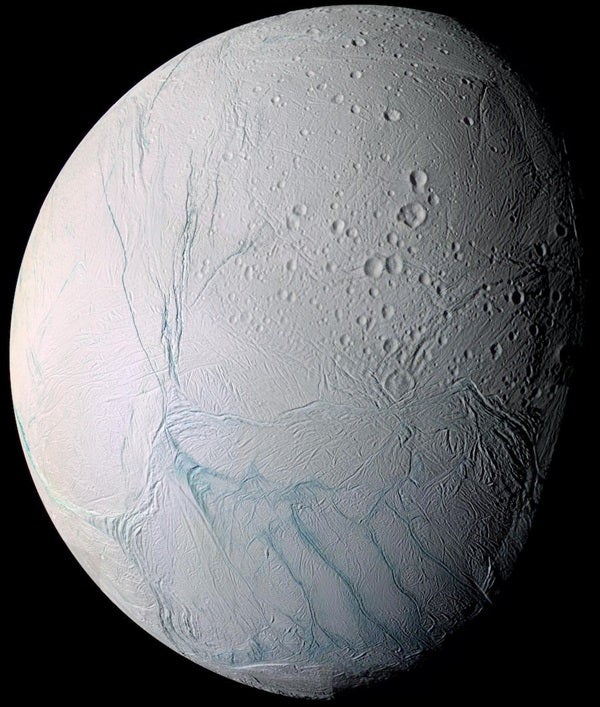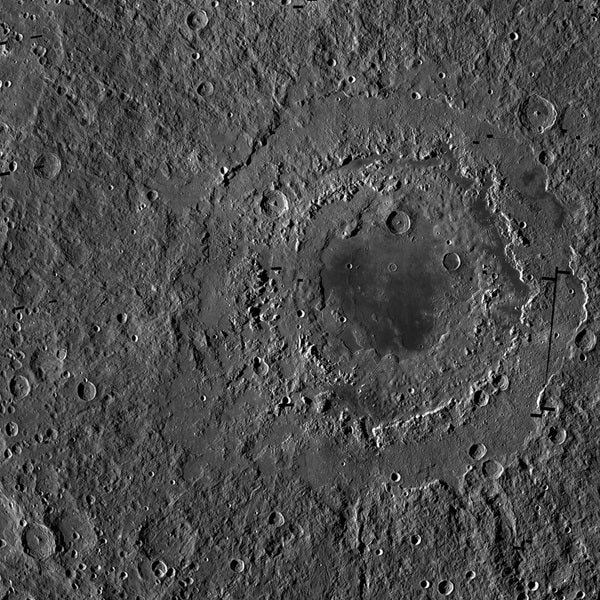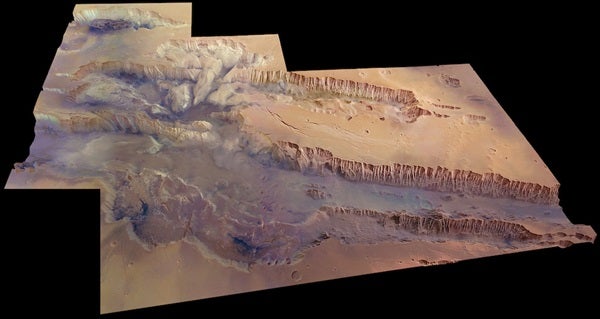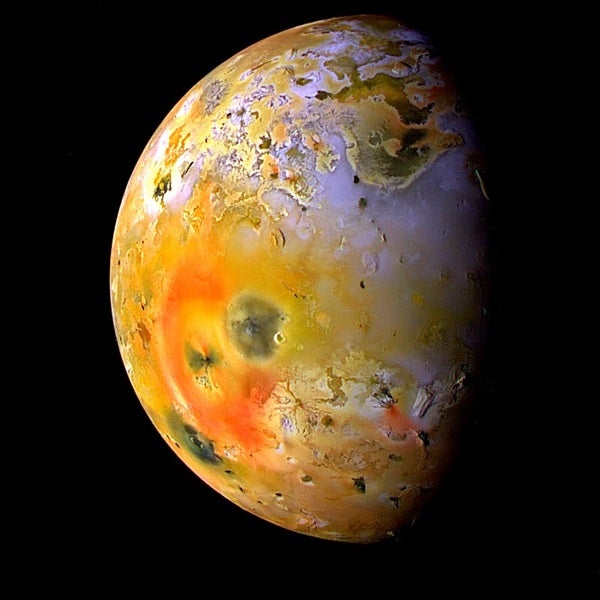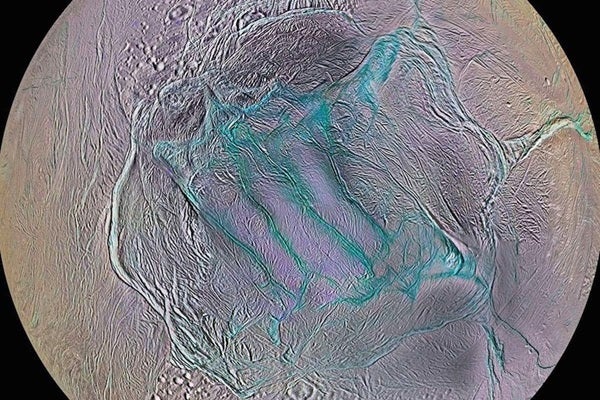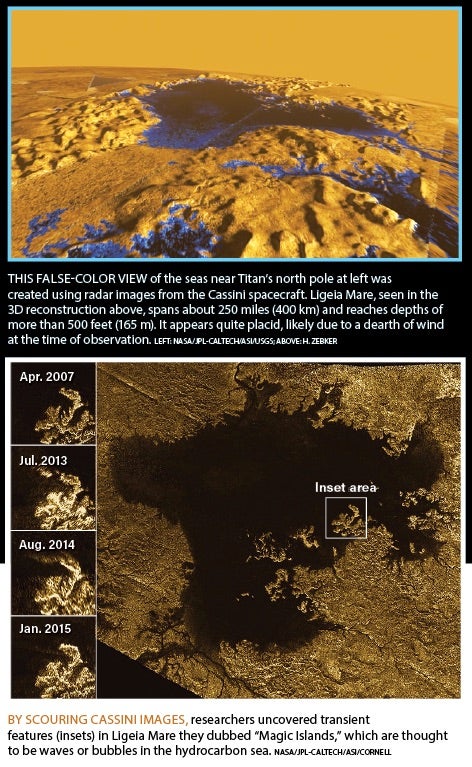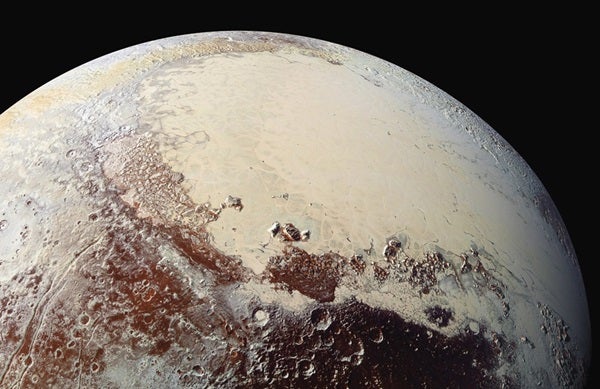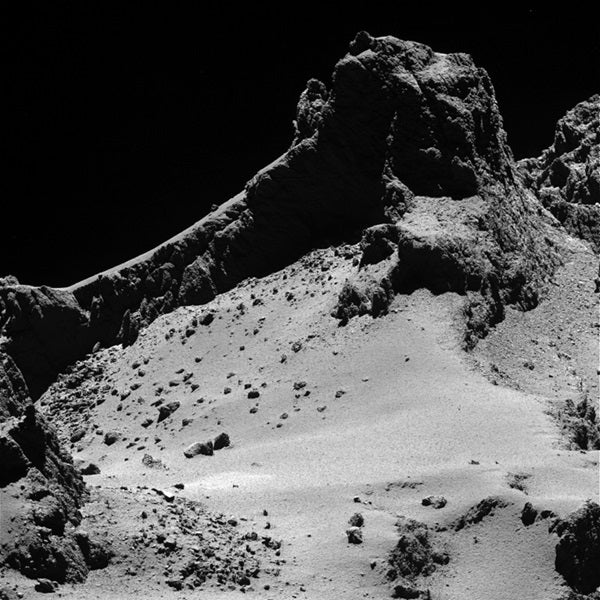Most of us can only name a few of the seven wonders of the world, but historians, archaeologists, and pub quizzers can rattle off the names of each and every one of them. Their faces will light up as they tell you all about the Temple of Artemis, the Statue of Zeus, the Mausoleum at Halicarnassus, the Colossus of Rhodes, and the Lighthouse of Alexandria, and so on.
But ask a roomful of astronomers to name the seven wonders of the solar system and you’ll get lots of different answers — and probably start an argument! That’s because there is no definitive, universally agreed-upon list of the seven most fascinating places in our cosmic neighborhood.
Maybe there will be one day, when probes and people have traveled to and explored every planet and moon, every asteroid and chunk of icy debris, every nook and cranny around the Sun. But that day is a long way off.
So, in the meantime, I’ve compiled my list of seven places in our solar system that I consider to be worthy of the status of wonders. You’ll have your own suggestions, and I’m not claiming these are the most wonderful wonders. These are simply the places in the solar system that I personally wish I could visit in person.
Mare Orientale (the Moon)
Mare Orientale is a giant, 560-mile-wide (900 kilometers) impact basin on the Moon, comprising two rings of mountains surrounding a dark mare — or ancient flow of lava — that gives it the appearance of an enormous cosmic bullseye. Unfortunately, it lies right on the eastern limb of the Moon, so we only ever see it obliquely. But this fascinating feature is still visible as a thin sliver of gray close to the Moon’s curved edge. However, if it were positioned so that it faced Earth, it would make the Moon look like a huge eye staring down at us. (Just imagine the creepy appearance that bloodshot eye would take during a lunar eclipse…) Either way, this gorgeous lunar site is definitely worthy of closer exploration.
Valles Marineris (Mars)
Valles Marineris is an epic martian rift valley, stretching some 2,500 miles (4,000 km) long and reaching depths of about 4.5 miles (7 km), that was first discovered by Mariner 9 in 1971. Dwarfing the famous Grand Canyon in the U.S., many planetary astronomers consider Valles Marineris to be the Grand Canyon of the entire solar system. It stretches around almost a quarter of Mars’ circumference along the equator, like an ancient axe wound in the planet’s rust-hued crust. It’s hard not to envy the astronauts who will one day fly over its long, narrow central canyon, staring down at its landslides, cliffs, and side canyons in all their glory.
The volcanoes of Io (moon of Jupiter)
Of the four moons of Jupiter discovered by Galileo, Io is by far the most colorful and dramatic. The first Voyager images showed the moon was a bewildering variety of shades of yellow, orange, and red, like a pizza painted by Picasso and Matisse. But Io isn’t covered in cheese, it is covered in sulfur that gushes, spurts, and sloshes from hundreds of volcanoes that are scattered across its surface. The largest, appropriately named Loki, is a depression more than 130 miles (200 km) wide that hosts a lake of liquid sulfur within it. Other volcanoes send fan-shaped plumes of material shooting hundreds of miles out into space — a surely stunning sight up close!
The ‘Tiger Stripes’ of Enceladus (moon of Saturn)
On May 20, 2005, the Cassini probe took images of the south polar region of Saturn’s icy moon Enceladus. These new views showed four long, dark lines crossing the moon’s crust, resembling wounds raked across the world’s face by the claws of a tiger. Later observations revealed them to be fractures in Enceladus’ crust flanked on each side by high ridges. These Tiger Stripes on Enceladus became even more fascinating when images taken during later fly-bys revealed huge plumes of water vapor hissing from the fractures, sending a mist of ice crystals skyward that would sparkle and glint in the sunlight.
Kraken Mare on Titan (moon of Saturn)
Near the north pole of Saturn’s largest moon, Titan, lies a vast sea named Kraken Mare, which covers some 150,000 square miles (400,000 square kilometers). That’s roughly five times the area of Lake Superior. Discovered by the space probe Cassini in July 2006, Kraken Mare was named after the legendary sea monster, the Kraken. But Kraken Mare does not host cool blue water. Instead, this body is made of liquid methane that sloshes and slurps in Titan’s dim orange sunlight. Tides up to 16 feet (5 meters) tall roll across it. Kraken Mare has also displayed bright, short-lived features, christened “Magic Islands,” which are thought to be huge bubbles of nitrogen that rise up from the alien sea’s shadowy depths and burst at the surface.
The icy plains of Pluto
The dwarf planet Pluto has so many fascinating features on it that I should probably call it a wonder in its own right. Lurking in the frigid depths of the Kuiper Belt — a ring of icy bodies beyond the orbit of Neptune — Pluto was first seen in detail by the New Horizons probe. This ambitious mission whooshed by the world in 2015, sending back breathtaking images of the Pluto’s heart-shaped icy plain (roughly the color of vanilla ice cream), glaciers rolling through gaps in towering mountains, and possible ice volcanoes, too. Plus, the north polar region of Pluto’s largest moon, Charon, is colored almost blood red, which is why it was informally named Mordor. Who could resist such a sight?
The greatest comet of all time
Somewhere out there in the dark, eternal winter wastelands of the outer solar system, is a huge chunk of dusty ice destined to become the greatest comet ever seen from Earth. One day, its tail will be painted across the sky like a banner as it passes near our planet, and people around the world will marvel at it until it fades from view. It has no name yet — in fact, its discoverer might not even have been born yet. All we know is that it’s out there, waiting to be found. At first, it may only look like an out-of-focus smudge on an image of another celestial target. But months or years later it will blaze in the sky, having grown into a truly Great Comet that will put comets Halley, Hale-Bopp, and all other comet throughout history, to shame.
And who knows, maybe you’ll spot it tonight!

